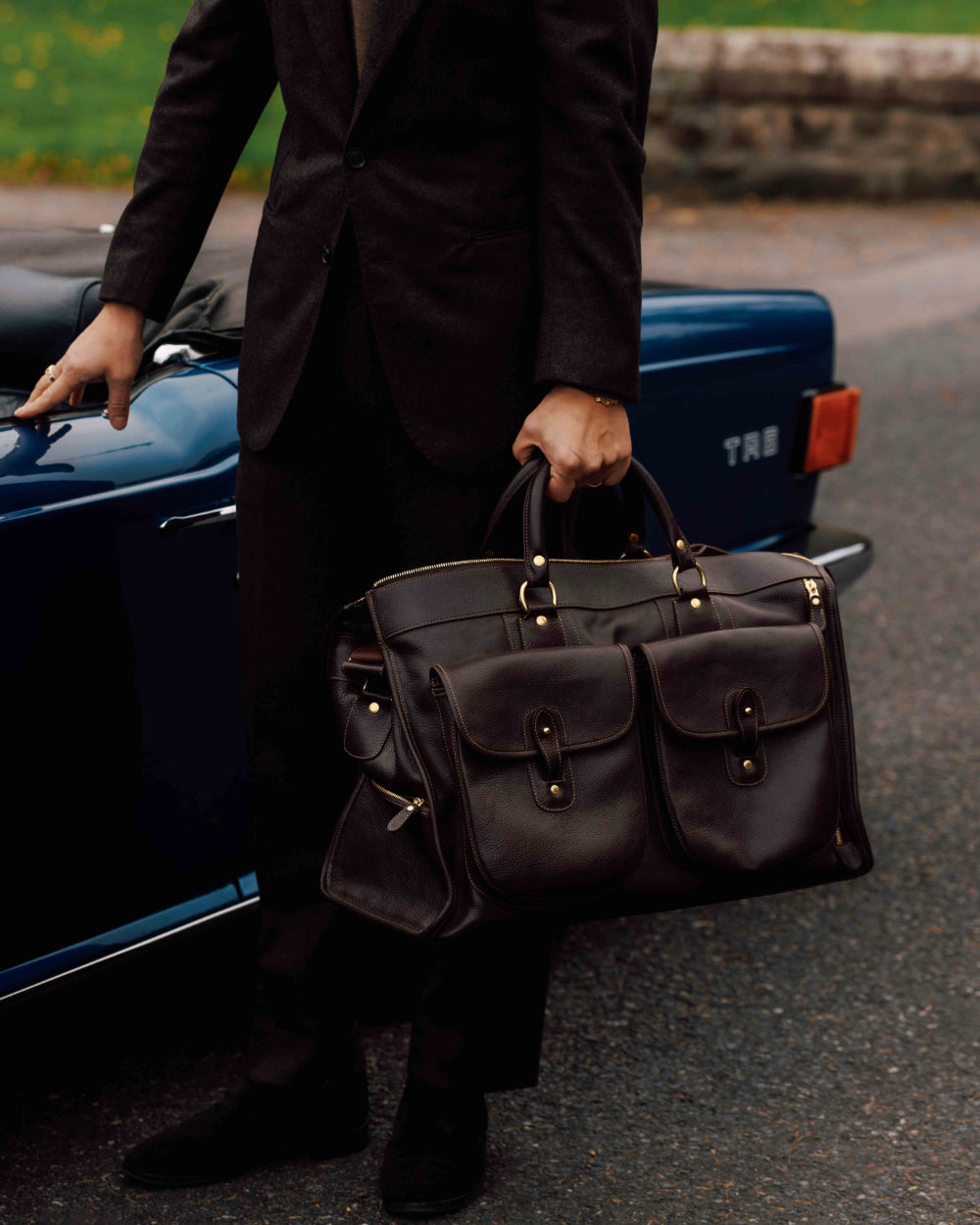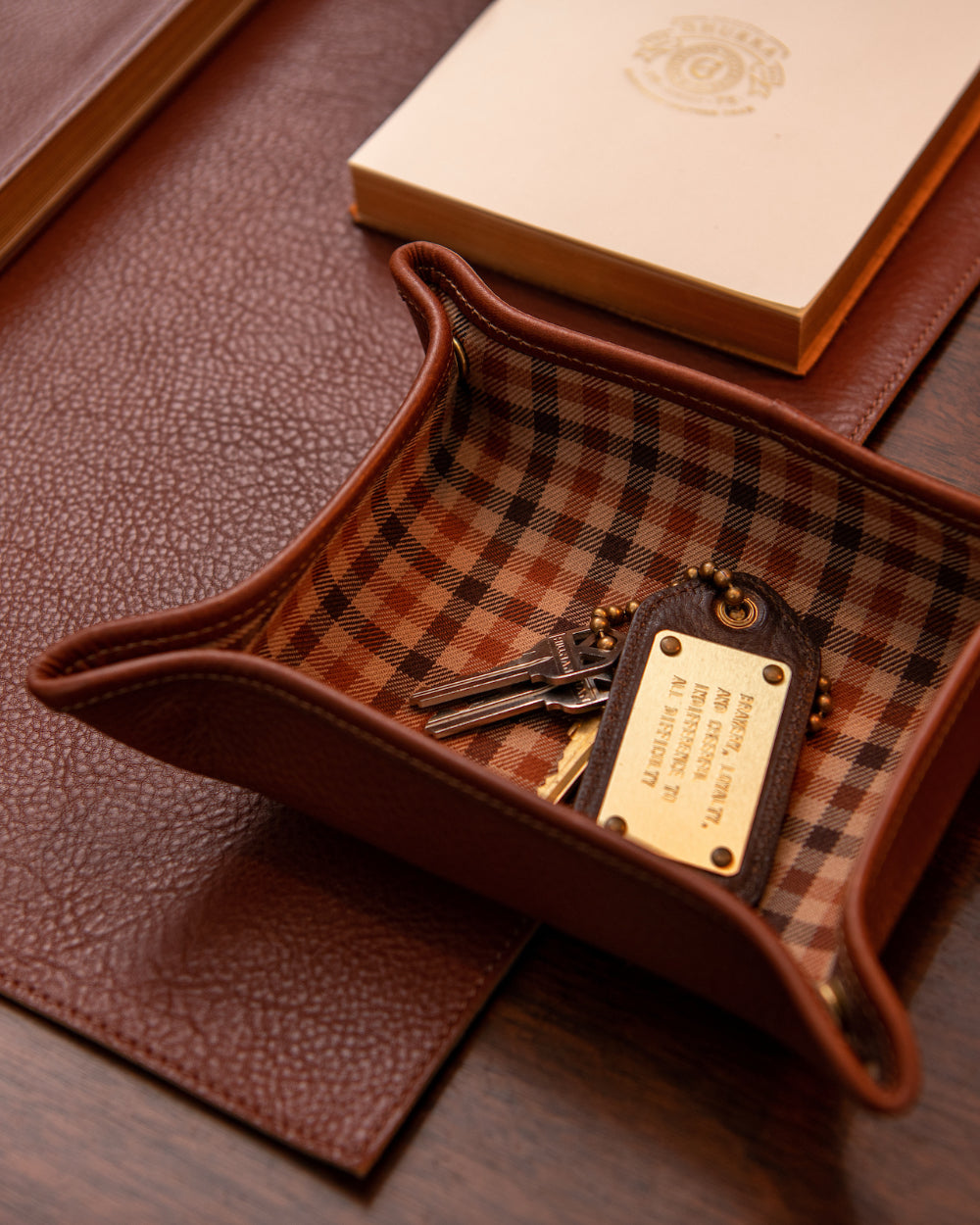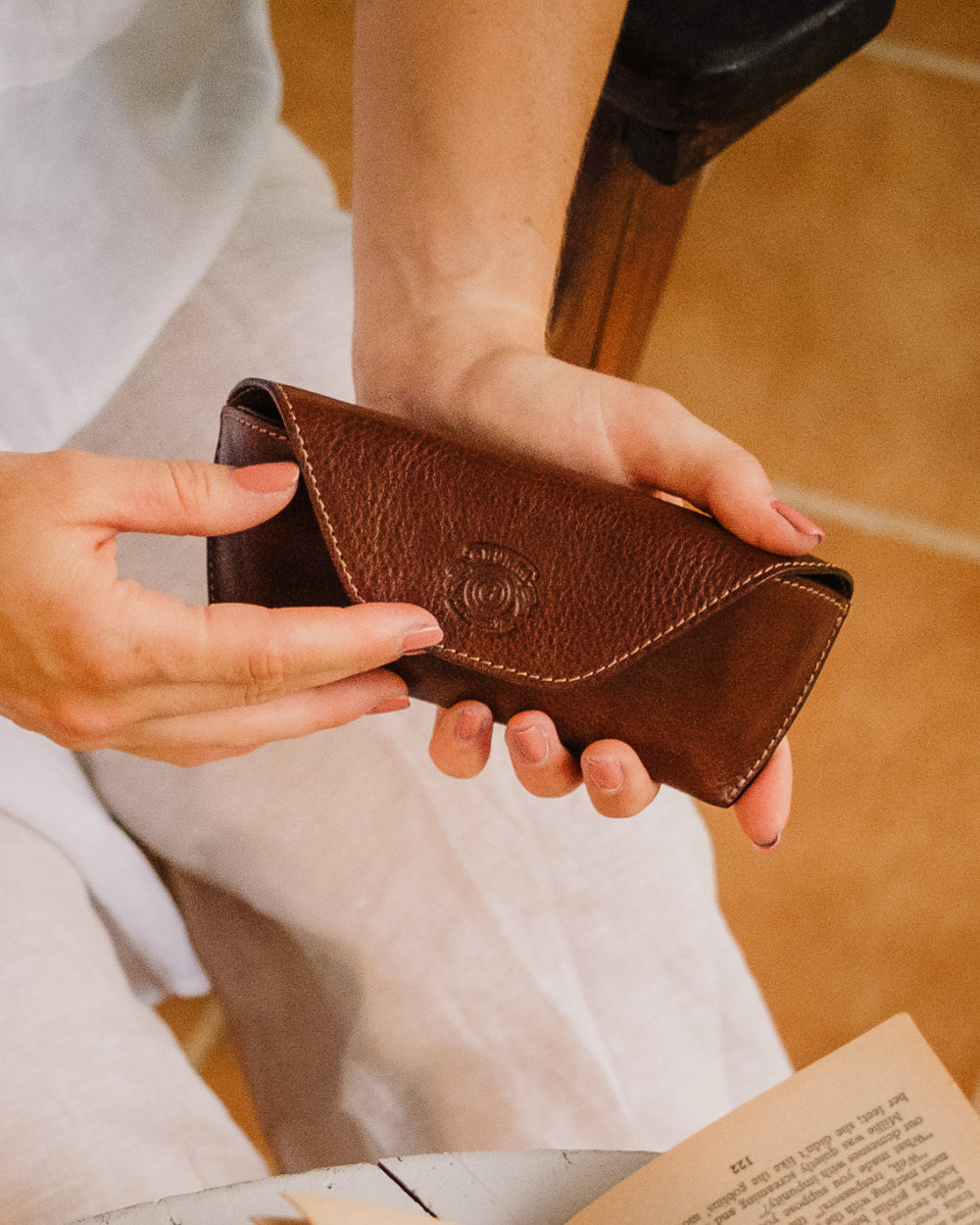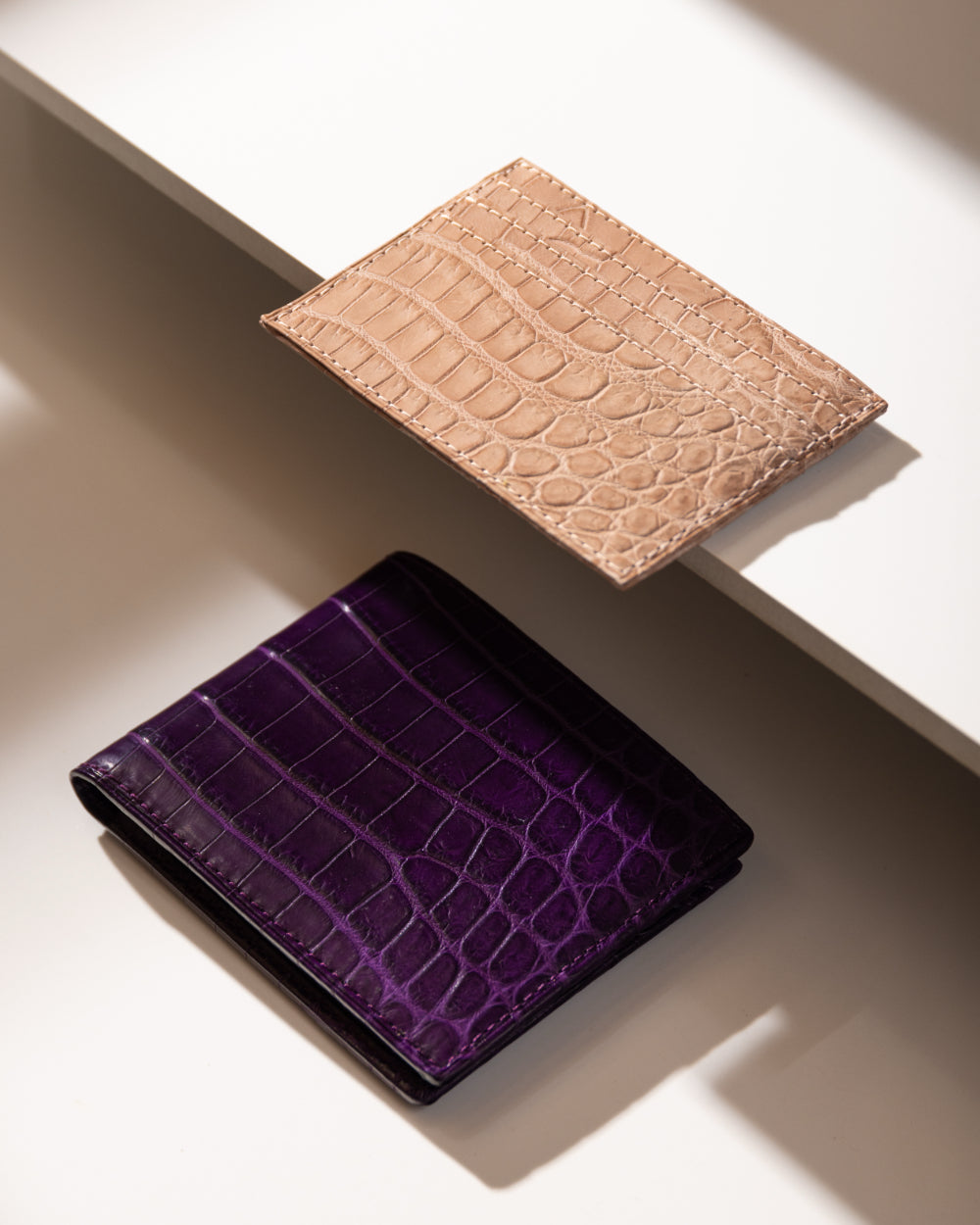Manhattan’s Upper East Side was the playground of the super-rich during the height of the Gilded Age at the turn of the 20th century. The stretch of 5th avenue from 59th to 96th streets was lined solely with sprawling single-family mansions built along the recently completed Central Park. What is now the Frick Collection Museum was one of its finest.
By the mid-1900’s most of those mansions had disappeared. Lost fortunes and the great depression altered the way even the wealthy lived. Many of these homes were deemed too expensive to maintain, others razed by speculative developers who replaced them with apartment buildings of lavish interior layouts but facades of charmless beige brick. Most that remain have been reconfigured from their original use – now educational institutions, embassies, and private clubs.
There still, however, exists one masterful example of this bygone way of life that remains very much the way it was when first inhabited, and is very accessible to anyone so inclined. Of course, that’s the Frick Museum. Oh, and it also happens to contain one of the world’s greatest collections of art.
Henry Clay Frick was not a particularly well liked man, sometimes called “the most hated man in America.” It was a reputation the two bullet holes and several stab wounds from assassination attempts may serve to attest; he was, most certainly, a very wealthy man. Frick had aligned his own steel company with that of Andrew Carnegie to form U.S. Steel, a merger that would provide both men with some of the largest fortunes this country had ever seen.
Frick had acquired the former Lenox Library that ran along 5th avenue from 70th to 71st street. In 1912 he knocked it to the ground, hiring famed architect Thomas Hastings to design a three story Beaux-Arts style mansion that encompassed nearly the whole block. Frick and his family took residence in 1914, and the patriarch would spend the final five years of his life filling it with his ever expanding art collection, always with the intention that the home should live in perpetuity as a museum, a temple to the man as he lived at the height of his wealth.
Today, the Frick Collection does just that. While some of the original residential flourishes of the home – the bowling alley and billiards room, the lavish private suites on the second floor, the staff quarters for 27 on the 3rd floor – remain mostly out of sight, the rest (as well as a few newer wings) holds an amazing art collection, on full view for anyone who pays the $20 admission.
While merely seeing the scale and lavish detail of the home and strolling the suburban sized gardens would be worth the ticket alone, there’s also the art. What a magnificent collection it is: sixteen galleries of masterpieces of European paintings, furniture, porcelain, sculpture, and objects d’art. None leave you with the sterile feeling of some larger, more institutional museums, but rather, fittingly, that you are perusing the private home of a well-educated and deep-pocketed collector.
The artists on display are a who’s who of Old Masters; Bernini, David, van Dyck, de Goya, el Greco, Manet, Renoir, Rubens, Titian, Vermeer, Whistler, entire rooms paneled by Boucher and Fragonard. Along with the permanent collections the museum houses frequent special Frick Collection Exhibitions. For those who prefer their culture with a side of merriment, the collection also hosts several high profile fundraisers throughout the year at the Frick Museum, notably the spring’s Young Fellows Ball and summer’s Garden Party. For those unable to make the trip, a comprehensive virtual tour is available at http://www.frick.org/visit/virtual_tour.
The greatest experience, though, is to see it all in person, a good book tucked into your bag, for a stroll afterwards through Central Park. It’s a perfect afternoon — spent just as it would have been a century ago.











